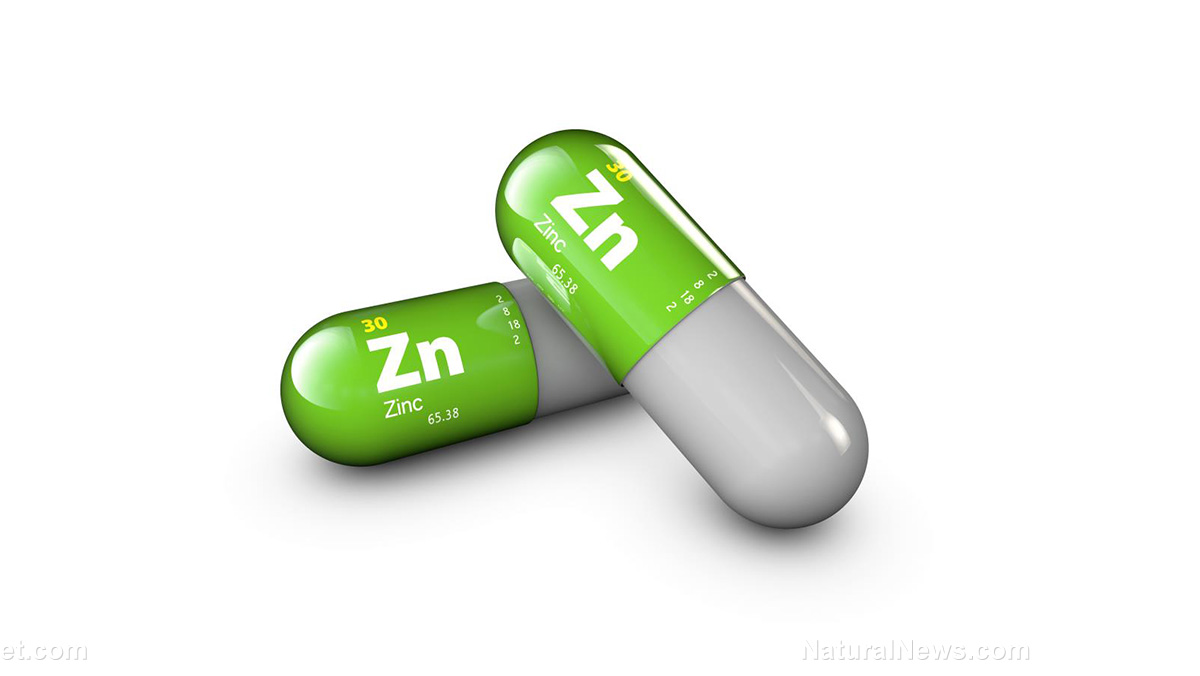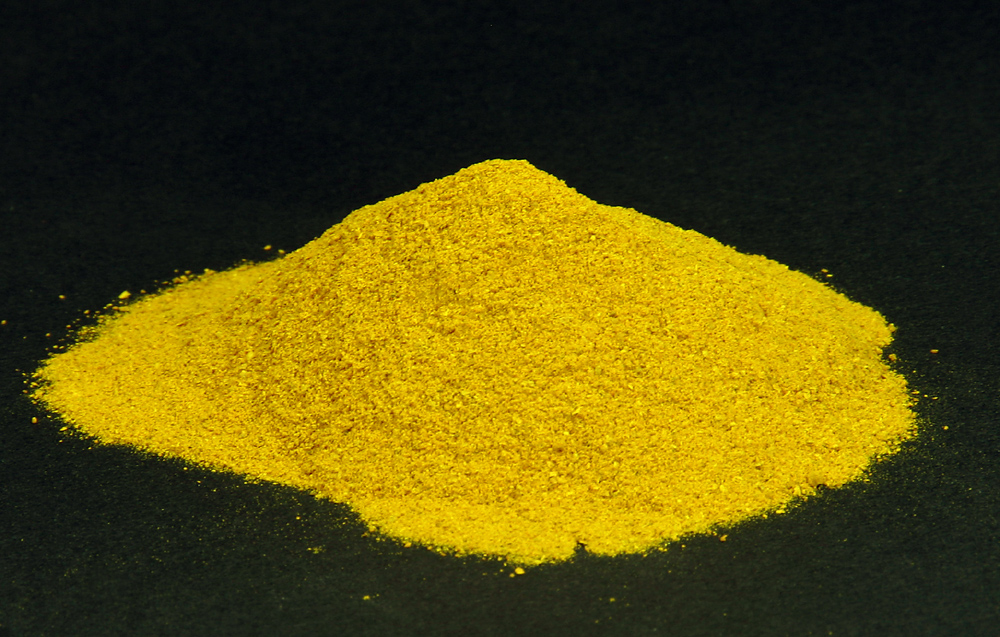For some time now, mothers have been made aware of the dangers of Bisphenol A (BPA), a chemical used in many types of containers, including baby bottles. BPA is used to harden plastics, prevent contamination of foods, and stop cans from rusting. In recent years, several studies have confirmed that BPA affects endocrine function (hormonal balance) in animals and humans, and new moms have been warned to avoid baby bottles that contain this chemical and to take other steps like not boiling polycarbonate bottles or heating them in the microwave.
BPA has been linked to both male and female infertility, early puberty, hormonal breast and prostrate cancers, and metabolic disorders like polycystic ovary syndrome.
Now, a shocking new study has found that by the time a baby is born it may be way too late to start actively avoiding BPA. The Scientist recently reported that the findings of the study – conducted by a research team from the University of Calgary – were presented at the annual meeting of the Endocrine Society in Chicago, Illinois, in March.
After determining in 2015 that BPA causes hyperactivity and alters brain development in zebrafish, the study’s lead author, Deborah Kurrasch, and her team decided to investigate its effects on pregnant mammals. Pregnant mice were fed differing dosages of BPA over a period of time, and the effects recorded.
The Scientist reported on the findings:
[T]he researchers observed that even when animals were exposed to low levels of the chemical—10 or 20 times below the recommended daily intake for humans—their offspring displayed significantly accelerated early neuron development. BPA exposure increased the number, size, and the rate of proliferation of neurons in the pups’ brains, but also reduced the “stemness,” or self-renewal capability, of cells, pushing them toward a more differentiated state.
The mice pups were put through their paces in a number of behavioral tests, including the open-field test, which observes the animal’s movement between the center of an open chamber and its walls, and the three-chamber test, which tests the animal’s desire to interact with another mouse that it is unfamiliar with. The pups whose mothers had been exposed to either high or low doses of BPA were hyperactive and more likely to interact with other mice than controls.
Dinu Nesan, a postdoctoral fellow involved with the study, admitted that more evidence would be needed to convince regulatory bodies to ban or more strictly regulate BPA. However, this is by no means the first test to make the connection between BPA in the womb and behavioral problems.
Back in 2011, Reuters reported on a study conducted by Joe Braun from the Harvard School of Public Health, which concluded that girls exposed to higher levels of BPA while in the womb were more likely to exhibit anxious and hyperactive behavior by the age of 3.
In order to measure BPA levels, urine samples were collected from 244 Cincinnati-area women twice during pregnancy and immediately after they gave birth, and from the children themselves each year until the age of 3. At that age, the mothers also completed behavioral surveys regarding any behavioral issues or anxiety, aggression, depression or hyperactivity displayed by their children. (Related: New study confirms the dangers of BPA exposure for infants.)
Reuters reported:
Almost all women had BPA in their urine, at an average concentration of two micrograms per liter. For every 10-fold increase in that concentration during pregnancy, girls — but not boys — had significantly higher scores on tests of anxiety and depression and had worse behavioral and emotional control.
With BPA absolutely prolific in our environment, it is hardly surprising that babies are being exposed to huge amounts of this dangerous chemical while still in the womb. And considering BPA’s ability to upset the balance of the sex hormones, it is no surprise that more and more children are confused about their gender when they hit the teen years. (Related: The truth comes out: Even low doses of BPA can damage your reproductive health and nervous system.)
No doubt, as time passes, more studies will conclusively show the link between BPA exposure in the womb and hormonal disturbances and behavioral issues. In the meantime, it is imperative that all pregnant women avoid BPA in all its forms.
Read Toxins.news for more coverage of dangerous toxins that negatively impact human health.
Sources include:
The-Scientist.com
Reuters.com
HealthyChildren.org
NCBI.NLM.NIH.gov



















